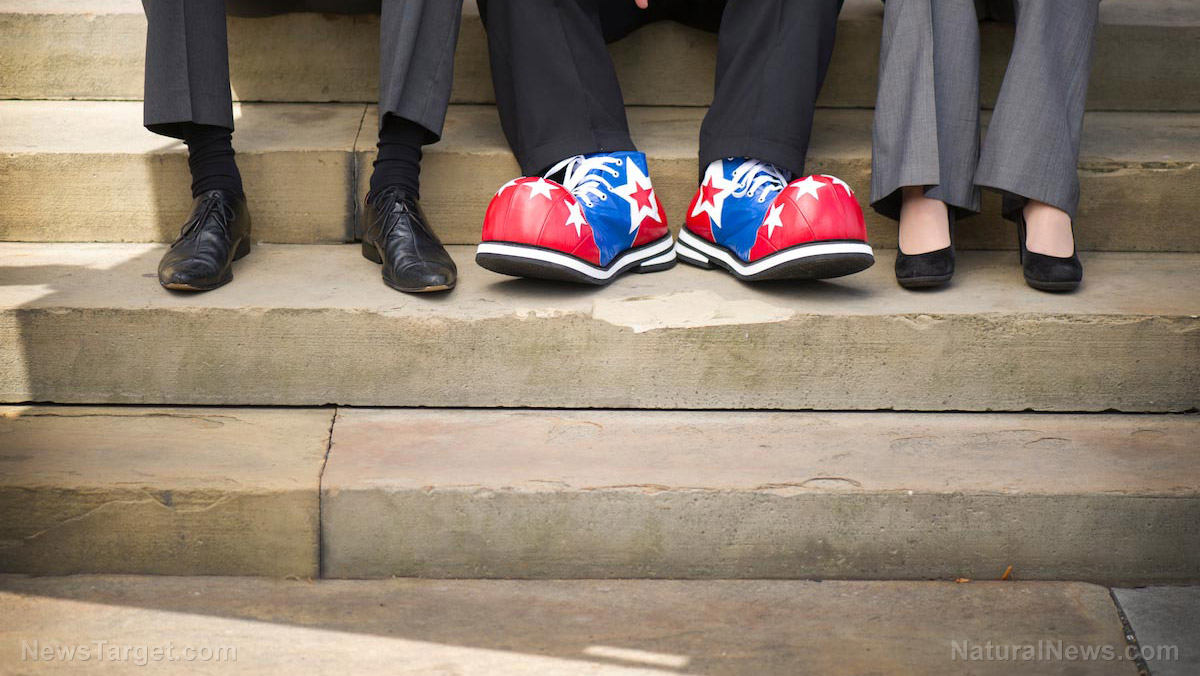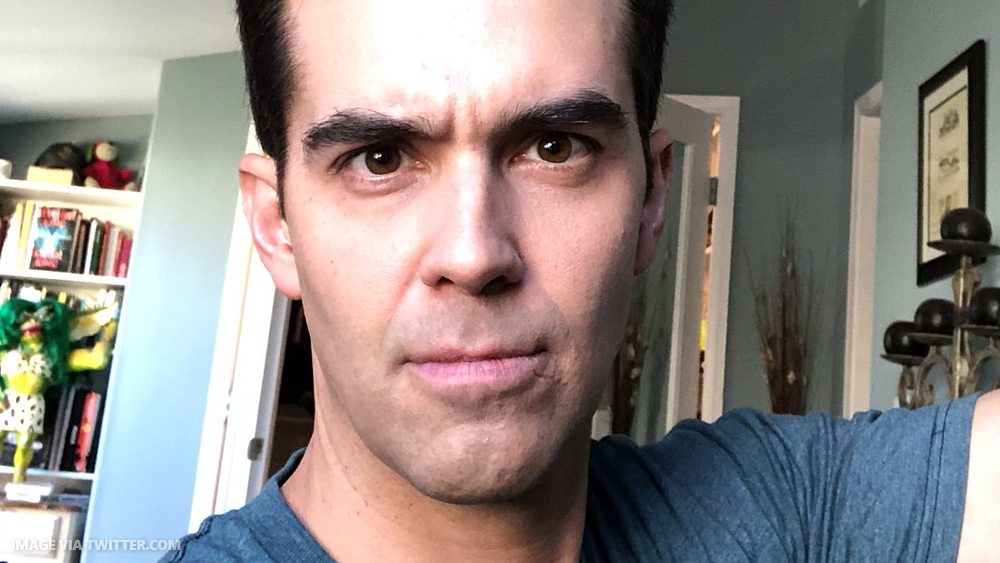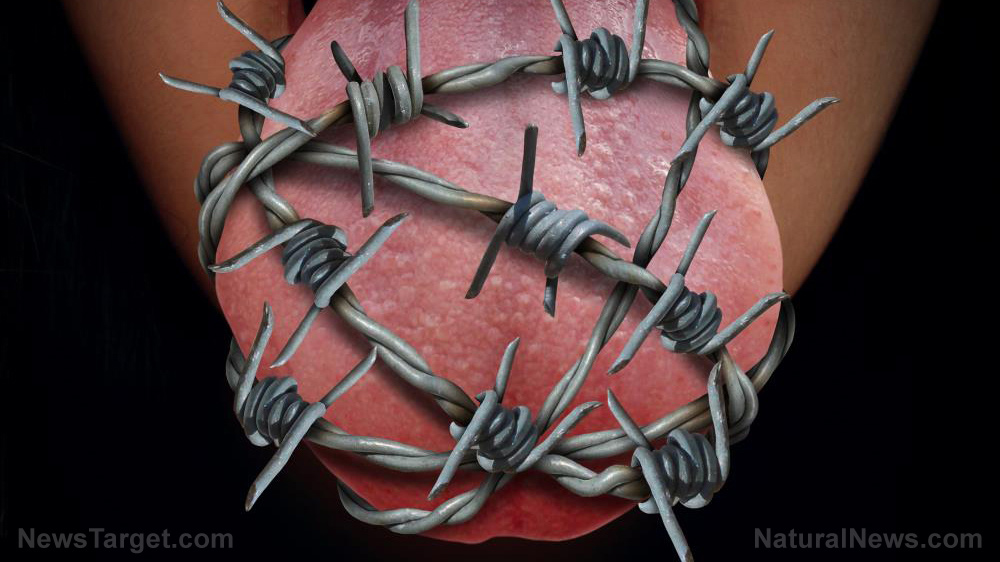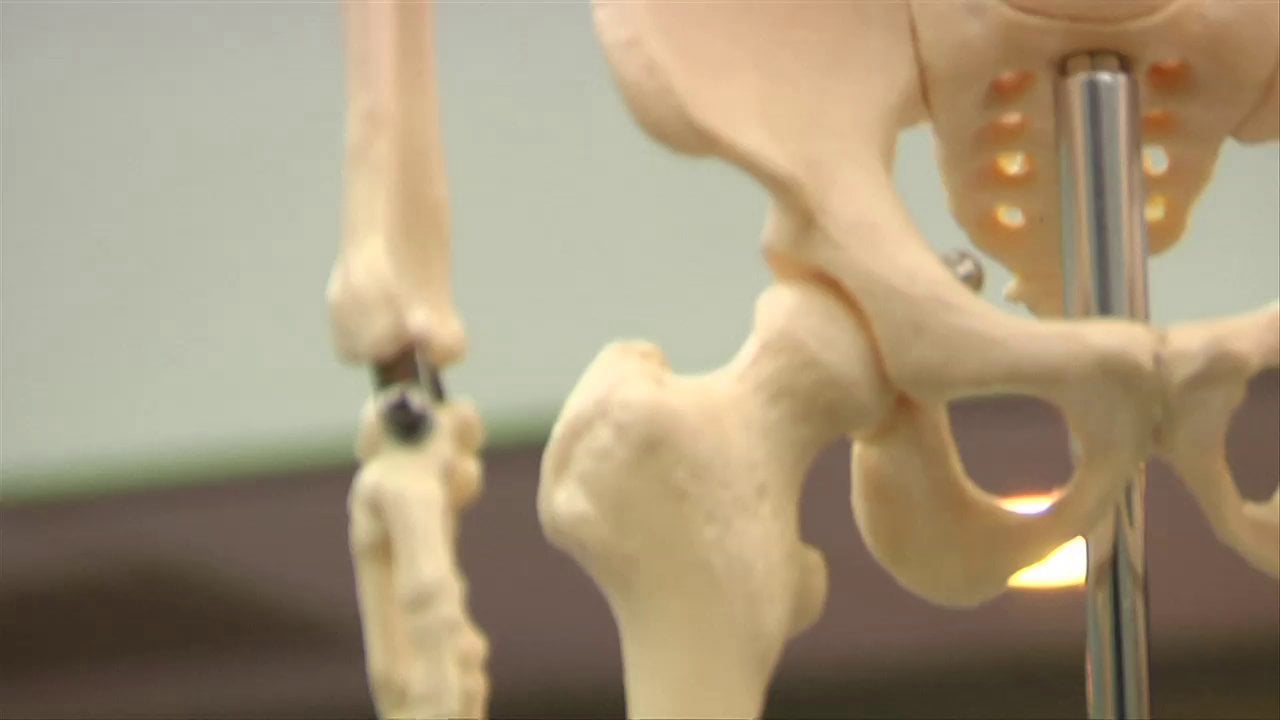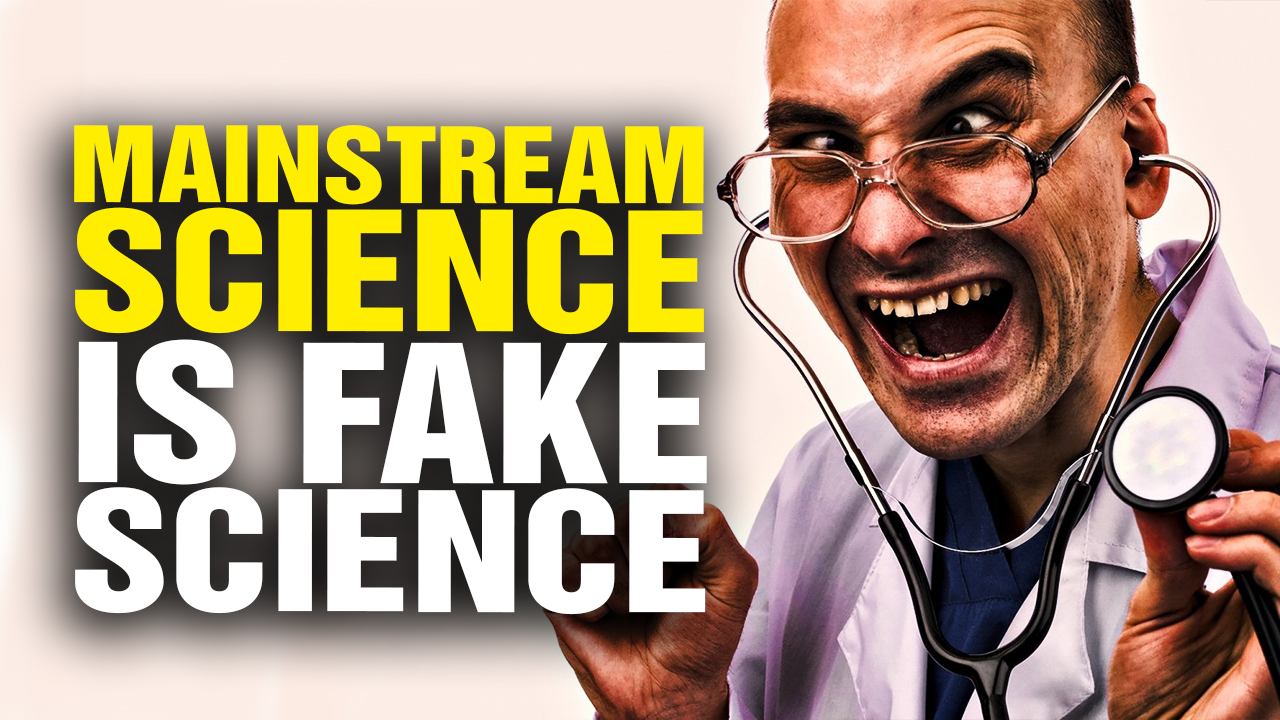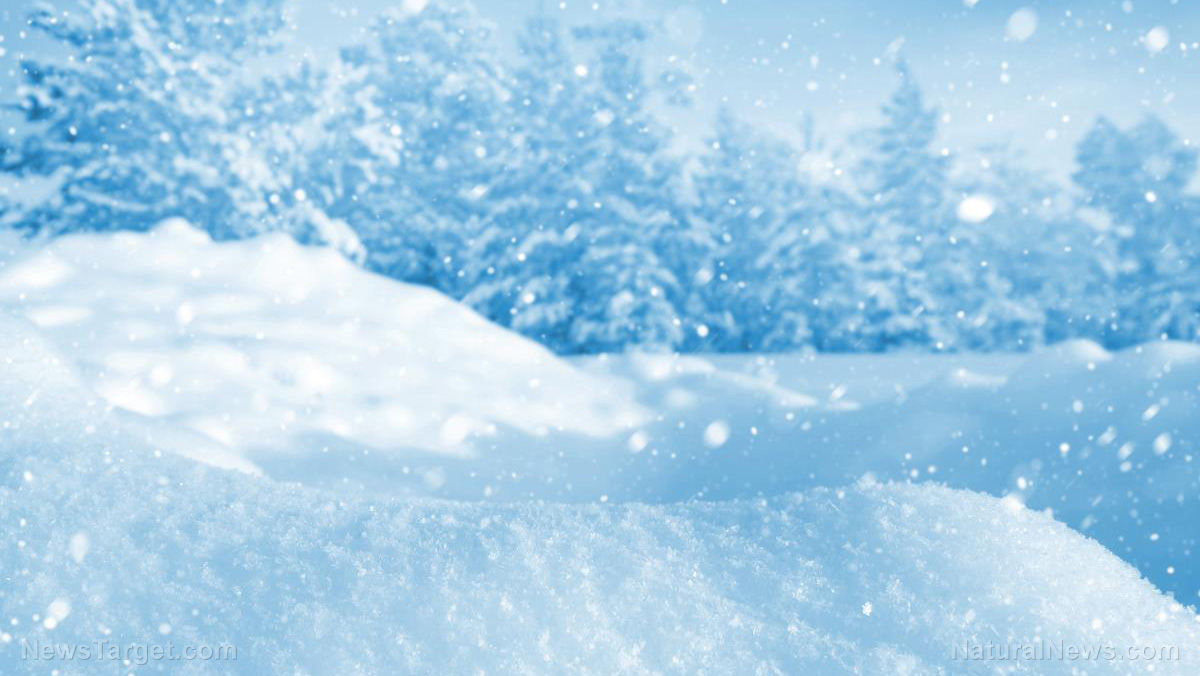Science journal punked by technology “paper” that rewrote Star Trek episode plot
03/07/2018 / By Frances Bloomfield

What would happen to the human body if we could travel at warp 10 speeds? According to paper authored by one Dr. Lewis Zimmerman, achieving this form of high-speed, faster-than-light travel would cause the human body to rapidly undergo devastating physiological changes that would make us less than human. If this all sounds too good to be true, that’s because it is: The paper is cribbed from an infamous episode of Star Trek: Voyager.
The paper itself is titled “Rapid Genetic and Developmental Morphological Change Following Extreme Celerity”and was “written” by a biologist who just so happened to also be an avid Trekkie, or Star Trek fan. In an email to Space.com, the biologist—who chose to go by the nom de plume “BioTrekkie”—explained that he was inspired by an earlier, Star Wars-themed paper focusing on midichlorians, which are fictional microscopic entities that allow their host to detect the Force. That particular paper was, as per its author, the major component of a hustle to expose the peer-reviewed open access publications that would publish anything for the right price.
“Midichlorians are sometimes criticized as one of the most ridiculous elements of the ‘Star Wars’ universe, so I thought I needed to even things out by picking what is arguably one of the scientifically worst episodes of ‘Star Trek,” stated BioTrekkie. “I was also curious what sort of responses I might get by the subset that reviewed the paper.”
To that end, BioTrekkie extensively detailed the plot of Threshold, the 15th episode of the second season of Star Trek: Voyager. The episode’s premise is that chief helmsman Tom Paris (Robert Duncan McNeil) breaks the warp 10 barrier and becomes the first character in Star Trek’s history to do so. Unfortunately, the experience causes Paris to morph into a bizarre amphibian-human amalgamation and, in his deranged state, to kidnap Captain Kathryn Janeway (Kate Mulgrew) for a second trip. Both Paris and Janeway transform into lizard-like space amphibians after crossing the barrier. Though they’re soon rescued by their crew mates and returned to their human states, the pair have bred and had a number of offspring on a swampy planet.
All of this was disguised behind a thin curtain of scientific jargon. The DailyMail.co.uk noted that some of these choice wordings included: “Spontaneous exfoliation of skin cells commenced, and a comparably thick intact layer of new skin cells formed within 96 hours. Internal morphological differences were noted via MRI and ImageJ analysis, with measurement of heart number increasing two-fold. External morphological changes were also noted but not quantified directly.
“Two subjects were allowed to breed, and a litter of three viable, motile progeny were produced with no obvious external physical deformity relative to the parents.”
Of the ten peer-reviewed open access journals that BioTrekkie submitted his paper to, five journals didn’t respond and four accepted it. One of the four journals that accepted the paper, American Research Journal of Biosciences, actually published it and asked BioTrekkie for $50 to do so. In addition to publishing the paper, the journal claimed to have provided a peer review as well. The single journal that noticed the fictional affiliate, Starfleet Academy, rejected the paper after it was printed by the American Research Journal of Biosciences. (Related: SCIENCE FOR SALE: Shocking emails reveal editor of food science journal was secretly on Monsanto’s payroll at $400 per hour.)
BioTrekkie added that the $50 he paid was much lower than what was asked for in the original invoice, which was almost $750. Jeffrey Beall, a research librarian known for exposing predatory research journals, pointed out that waiving fees and offering discounts was all part of these journals’ attempts to collect and publish articles to appear legitimate. “Empty journals are suspicious, but journals full of papers look like successful journals to some,” he said.
If there’s anything to take away from this, it’s that you should be more wary of what you read in scientific publications. You never know if you’re reading hard science or something straight out of science fiction.
For more stories about the not-so best and not-quite brightest in science, simply go to ScienceClowns.com.
Sources include:
Tagged Under: fake journals, fake scientific journals, science, science fiction, science journals, scientific journals, Star Trek, weird science


